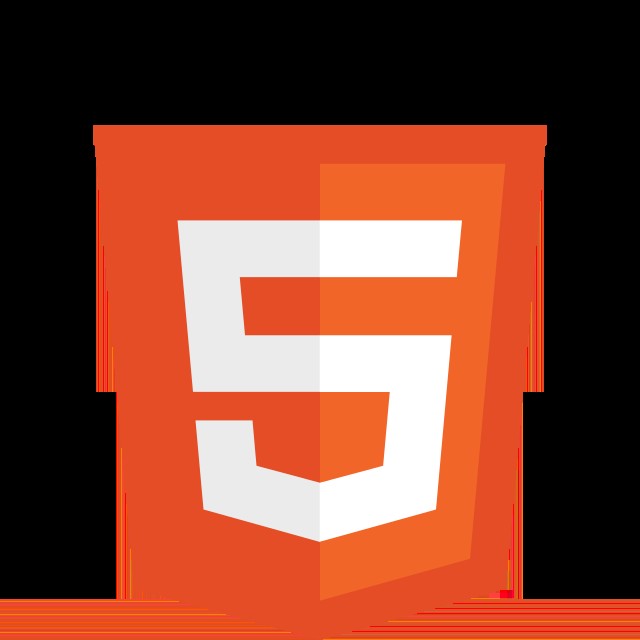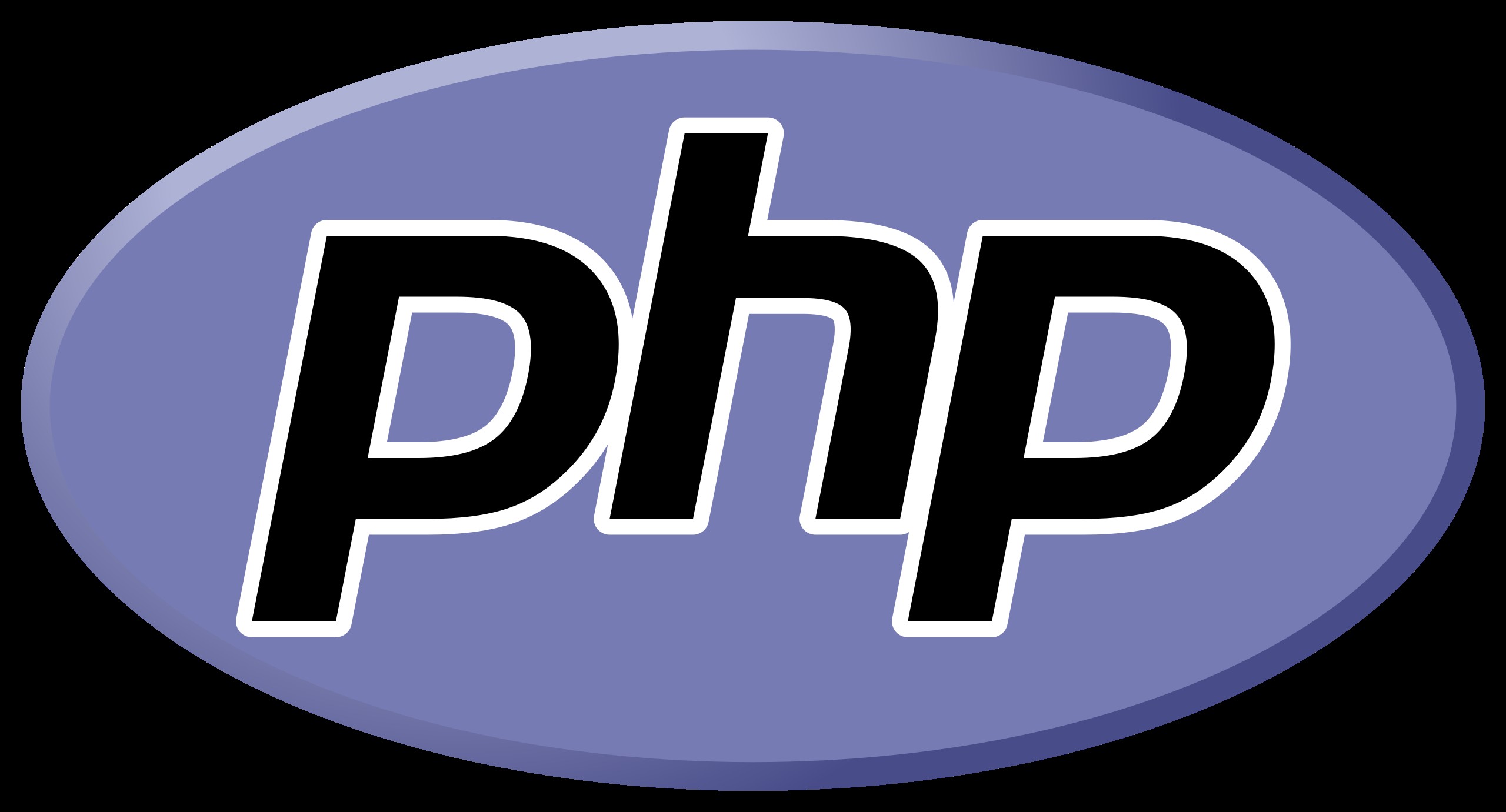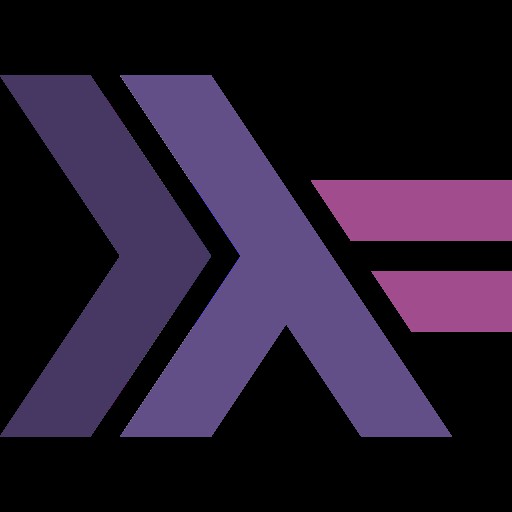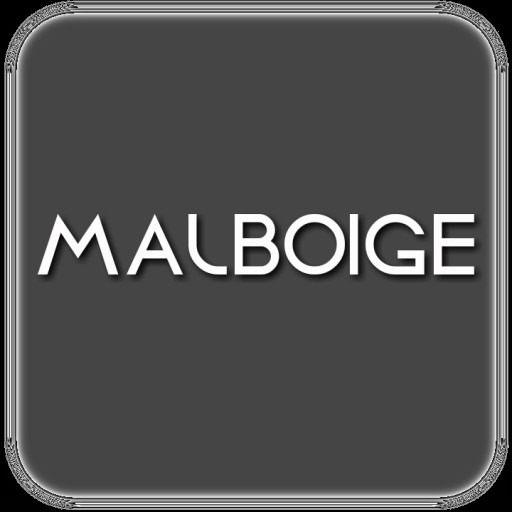Which Is The Easiest Computer Language To Learn? It’s a question many aspiring coders ask, and at LEARNS.EDU.VN, we’re here to provide an answer. This guide will walk you through some popular choices, their applications, and why they might be right for you, offering a path toward mastering fundamental coding skills. Uncover beginner-friendly coding, simple programming, and easy-to-learn languages here.
1. Understanding the Landscape of Programming Languages
The world of programming languages is vast and varied, with each language designed for specific purposes. Some are better suited for web development, others for data science, and still others for creating mobile applications. Determining the easiest computer language to learn often depends on your goals and the type of projects you’re interested in pursuing.
1.1 High-Level vs. Low-Level Languages
- High-Level Languages: These are designed to be user-friendly, with syntax that closely resembles human language. They often come with libraries and frameworks that simplify common tasks, making them ideal for beginners. Examples include Python, JavaScript, and Ruby.
- Low-Level Languages: These languages are closer to the machine code that computers understand. They offer more control over hardware but are generally more complex and difficult to learn. Assembly language and C are examples of low-level languages.
1.2 Compiled vs. Interpreted Languages
- Compiled Languages: These languages are translated into machine code before execution. This process typically results in faster performance but requires an extra step before running the program. C++ and Java are examples of compiled languages.
- Interpreted Languages: These languages are executed line by line by an interpreter. This makes them easier to debug and more platform-independent, but they may run slower than compiled languages. Python and JavaScript are examples of interpreted languages.
2. Top Contenders for the Easiest Computer Language to Learn
Several languages stand out as particularly beginner-friendly, each with its own strengths and use cases.
2.1 HTML (HyperText Markup Language)
HTML, the backbone of the web, structures content with elements that are easy to understand, providing a foundation for web development. HTML, while technically a markup language and not a programming language, is often the first step for aspiring web developers. It’s used to create the structure of web pages, defining elements like headings, paragraphs, images, and links.
2.1.1 Why HTML is Easy
- Simple Syntax: HTML uses easy-to-understand tags to define elements.
- Visual Results: You can see the results of your code in a web browser, making it easy to learn by doing.
- Abundant Resources: There are countless online tutorials, courses, and communities dedicated to helping beginners learn HTML.
2.1.2 Applications of HTML
- Creating the structure of web pages
- Defining the layout and content of websites
- Building the foundation for web applications
2.2 CSS (Cascading Style Sheets)
CSS complements HTML by styling web content, controlling layout, colors, and fonts for an engaging user experience. CSS is used in conjunction with HTML to style the content of web pages. It controls the visual appearance of elements, including colors, fonts, layout, and responsiveness.
2.2.1 Why CSS is Easy
- Straightforward Rules: CSS uses simple rules to define styles, making it easy to learn the basics.
- Real-Time Feedback: You can see the effects of your CSS code instantly in a web browser.
- Extensive Documentation: CSS has comprehensive documentation and a large community, making it easy to find answers to your questions.
2.2.2 Applications of CSS
- Styling web pages
- Creating responsive designs that adapt to different screen sizes
- Enhancing the visual appeal of websites
2.3 JavaScript
JavaScript brings interactivity to websites, enabling dynamic content and engaging user experiences, and is a versatile language for both front-end and back-end development. JavaScript is a dynamic programming language that adds interactivity to websites. It’s used to create animations, handle user input, and communicate with servers.
2.3.1 Why JavaScript is Relatively Easy
- Client-Side Execution: JavaScript runs in web browsers, making it easy to test and debug.
- Large Community: JavaScript has a massive online community, providing ample support and resources for beginners.
- Versatile: JavaScript can be used for both front-end and back-end development, making it a valuable skill for any developer.
2.3.2 Applications of JavaScript
- Creating interactive web pages
- Building web applications
- Developing mobile apps with frameworks like React Native
- Back-end development with Node.js
2.4 Python
Python stands out with its clear syntax and broad applicability, from web development to data science, making it an excellent choice for newcomers. Python is a high-level, general-purpose programming language known for its readability and versatility. It’s used in web development, data science, machine learning, and more.
2.4.1 Why Python is Easy
- Readable Syntax: Python’s syntax is designed to be easy to read and understand, making it a great choice for beginners.
- Extensive Libraries: Python has a vast collection of libraries and frameworks that simplify common tasks, such as data analysis and web development.
- Large Community: Python has a large and active community, providing ample support and resources for learners.
2.4.2 Applications of Python
- Web development with frameworks like Django and Flask
- Data science and machine learning
- Automation and scripting
- Scientific computing
2.5 Ruby
Ruby is known for its elegant syntax and focus on developer happiness, making it a joy to learn and use, especially for web development. Ruby is a dynamic, object-oriented programming language known for its elegant syntax and focus on developer happiness. It’s often used for web development with the Ruby on Rails framework.
2.5.1 Why Ruby is Easy
- Intuitive Syntax: Ruby’s syntax is designed to be easy to read and write, making it a good choice for beginners.
- Ruby on Rails: The Ruby on Rails framework simplifies web development with its convention-over-configuration approach.
- Supportive Community: Ruby has a friendly and supportive community that welcomes newcomers.
2.5.2 Applications of Ruby
- Web development with Ruby on Rails
- Building web applications
- Prototyping and rapid development
2.6 PHP
PHP excels in web development, powering dynamic websites and applications with its server-side scripting capabilities. PHP is a server-side scripting language used to create dynamic web pages. It’s embedded within HTML code and executed on the server.
2.6.1 Why PHP is Relatively Easy
- Widely Used: PHP is one of the most widely used server-side languages, meaning there are plenty of resources and job opportunities available.
- Simple to Deploy: PHP can be easily deployed on most web servers.
- Large Community: PHP has a large and active community, providing ample support and resources for learners.
2.6.2 Applications of PHP
- Building dynamic websites
- Developing web applications
- Creating e-commerce platforms
- Content management systems like WordPress
3. Factors to Consider When Choosing a Language
When deciding which computer language to learn, consider the following factors:
3.1 Your Goals
What do you want to achieve with your programming skills? Are you interested in web development, data science, mobile apps, or something else? Choose a language that aligns with your goals.
3.2 Learning Resources
Are there plenty of tutorials, courses, and documentation available for the language? A wealth of resources can make the learning process much easier.
3.3 Community Support
Does the language have a large and active community? A supportive community can provide valuable assistance when you encounter challenges.
3.4 Job Opportunities
Are there job opportunities available for developers with skills in the language? If you’re learning to code for career advancement, choose a language that’s in demand.
4. Languages Ranked from Easiest to Hardest
Here’s a general ranking of programming languages from easiest to hardest, based on syntax, concepts, and complexity:
| Rank | Language | Difficulty | Use Cases |
|---|---|---|---|
| 1 | HTML | Very Easy | Structuring web pages |
| 2 | CSS | Very Easy | Styling web pages |
| 3 | JavaScript | Easy | Interactive web pages, web applications |
| 4 | Python | Easy | Web development, data science, machine learning |
| 5 | Ruby | Easy | Web development, web applications |
| 6 | PHP | Moderate | Dynamic websites, web applications |
| 7 | Java | Moderate | Enterprise applications, Android apps |
| 8 | C++ | Hard | Operating systems, game development |
| 9 | C | Hard | System programming, embedded systems |
| 10 | Assembly Language | Very Hard | Hardware development, low-level programming |
| 11 | Prolog | Very Hard | Artificial intelligence, natural language processing |
| 12 | Haskell | Very Hard | Academic research, data processing |
| 13 | Malbolge | Extremely Hard | Theoretical programming exercises (practically unusable) |





5. Delving into More Challenging Languages
While the languages listed above are generally considered easier to learn, some developers may eventually want to tackle more challenging languages like C++, Assembly Language, Prolog, Haskell, and Malbolge. Let’s explore these in more detail.
5.1 C++
C++ is a powerful language used for system programming, game development, and high-performance applications, offering control over hardware but requiring careful memory management. C++ is a high-performance, object-oriented programming language used for system programming, game development, and other performance-critical applications.
5.1.1 Why C++ is Tough
- Complex Syntax: C++ has a complex syntax that can be difficult for beginners to master.
- Manual Memory Management: C++ requires manual memory management, which can be error-prone.
- Steep Learning Curve: C++ has a steep learning curve due to its complexity and low-level features.
5.1.2 Applications of C++
- Operating systems
- Game development
- High-performance applications
- Embedded systems
5.2 Assembly Language
Assembly language is a low-level language that interacts directly with hardware, offering fine-grained control but demanding deep understanding of computer architecture. Assembly language is a low-level programming language that interacts directly with computer hardware. It provides fine-grained control over system resources but requires a deep understanding of computer architecture.
5.2.1 Why Assembly Language is Very Tough
- Low-Level: Assembly language is very close to machine code, making it difficult to read and understand.
- Hardware-Dependent: Assembly language is specific to a particular hardware architecture, making it less portable than high-level languages.
- Time-Consuming: Writing assembly code can be time-consuming and error-prone.
5.2.2 Applications of Assembly Language
- Hardware development
- Reverse engineering
- Low-level system programming
5.3 Prolog
Prolog emphasizes logical programming, ideal for AI and NLP applications, but demands a strong foundation in logic and uncommon data structures. Prolog is a logic programming language used for artificial intelligence, natural language processing, and other applications that require logical reasoning.
5.3.1 Why Prolog is Very Tough
- Uncommon Paradigm: Prolog uses a declarative programming paradigm, which is different from the imperative paradigms used by most other languages.
- Logical Reasoning: Prolog requires a strong foundation in logic and mathematical reasoning.
- Uncommon Data Structures: Prolog uses data structures that are different from those used by most other languages.
5.3.2 Applications of Prolog
- Artificial intelligence
- Natural language processing
- Expert systems
5.4 Haskell
Haskell, based on Lambda Calculus, challenges developers with its functional paradigm and abstract syntax, best suited for academic and research purposes. Haskell is a functional programming language based on lambda calculus. It’s known for its strong type system and emphasis on immutability.
5.4.1 Why Haskell is Very Tough
- Functional Paradigm: Haskell uses a functional programming paradigm, which is different from the imperative and object-oriented paradigms used by most other languages.
- Abstract Syntax: Haskell’s syntax can be abstract and difficult to understand.
- Steep Learning Curve: Haskell has a steep learning curve due to its functional nature and complex type system.
5.4.2 Applications of Haskell
- Academic research
- Data processing
- Financial modeling
5.5 Malbolge
Malbolge is an esoteric language designed to be extremely difficult, serving more as a theoretical exercise than a practical tool for development. Malbolge is an esoteric programming language designed to be extremely difficult to program in. It’s considered one of the hardest programming languages in the world.
5.5.1 Why Malbolge is Extremely Tough
- Obscure Syntax: Malbolge’s syntax is intentionally obscure and difficult to understand.
- Self-Modifying Code: Malbolge code is self-modifying, making it even harder to debug.
- Limited Resources: There are very few resources available for learning Malbolge.
5.5.2 Applications of Malbolge
- Theoretical programming exercises
- Challenging the limits of human programming ability
6. Real-World Applications and Career Paths
The programming language you choose can significantly impact your career prospects. Here’s a look at some popular career paths and the languages commonly used in those fields:
| Career Path | Languages Commonly Used |
|---|---|
| Web Developer | HTML, CSS, JavaScript, Python, Ruby, PHP |
| Data Scientist | Python, R, SQL |
| Mobile App Developer | Java, Swift, Kotlin, JavaScript |
| Software Engineer | Java, C++, Python, C# |
| Game Developer | C++, C#, Java |
| Systems Administrator | Python, Bash, PowerShell |
| Database Administrator | SQL, Python, Java |
| Cybersecurity Analyst | Python, C++, Assembly |
| Machine Learning Engineer | Python, R, Java |
| DevOps Engineer | Python, Bash, Ruby |
7. Getting Started with LEARNS.EDU.VN
At LEARNS.EDU.VN, we’re committed to providing high-quality educational resources to help you succeed in your programming journey.
7.1 Comprehensive Courses
We offer a wide range of courses covering everything from the basics of HTML and CSS to advanced topics in Python and Java.
7.2 Expert Instructors
Our instructors are experienced professionals who are passionate about teaching and dedicated to helping you achieve your goals.
7.3 Hands-On Projects
Our courses include hands-on projects that allow you to apply your knowledge and build a portfolio of real-world applications.
7.4 Supportive Community
Join our online community to connect with other learners, ask questions, and get support from our instructors and mentors.
8. Strategies for Effective Learning
Learning a programming language can be challenging, but with the right strategies, you can accelerate your progress and achieve your goals.
8.1 Set Realistic Goals
Start with small, achievable goals and gradually increase the difficulty as you progress.
8.2 Practice Regularly
The more you practice, the better you’ll become. Aim to code every day, even if it’s just for a few minutes.
8.3 Work on Projects
Working on projects is a great way to apply your knowledge and build a portfolio of real-world applications.
8.4 Seek Help When Needed
Don’t be afraid to ask for help when you’re stuck. Our online community and instructors are here to support you.
8.5 Stay Motivated
Learning to code takes time and effort, so it’s important to stay motivated. Celebrate your successes and don’t get discouraged by setbacks.
9. Frequently Asked Questions (FAQs)
Here are some frequently asked questions about learning programming languages:
-
Which is the easiest computer language to learn for beginners?
HTML and CSS are often considered the easiest languages to start with, as they are relatively simple to understand and provide immediate visual feedback.
-
What is the best programming language to learn for web development?
JavaScript is essential for front-end development, while Python, Ruby, and PHP are popular choices for back-end development.
-
How long does it take to learn a programming language?
It can take anywhere from a few weeks to several months to learn the basics of a programming language, depending on your learning style, dedication, and the complexity of the language.
-
Do I need a computer science degree to become a programmer?
No, a computer science degree is not required to become a programmer. Many successful programmers are self-taught or have learned through online courses and bootcamps.
-
What are the best resources for learning programming languages?
There are many excellent resources available, including online courses, tutorials, books, and coding bootcamps. Some popular platforms include LEARNS.EDU.VN, Codecademy, Coursera, and Udemy.
-
What is the difference between front-end and back-end development?
Front-end development focuses on the user interface and user experience of a website or application, while back-end development focuses on the server-side logic and database management.
-
What is a framework?
A framework is a collection of pre-written code and tools that simplify the development process by providing a structure and set of conventions to follow.
-
What is an API?
An API (Application Programming Interface) is a set of rules and protocols that allow different software applications to communicate with each other.
-
What is version control?
Version control is a system for tracking changes to code over time, allowing developers to collaborate and revert to previous versions if needed. Git is a popular version control system.
-
How can I stay up-to-date with the latest programming trends?
Follow industry blogs, attend conferences and meetups, and participate in online communities to stay informed about the latest programming trends and technologies.
10. Your Next Steps with LEARNS.EDU.VN
Ready to take the next step in your programming journey? Visit LEARNS.EDU.VN today to explore our comprehensive courses, connect with our expert instructors, and join our supportive community.
10.1 Explore Our Courses
Browse our catalog of courses to find the perfect fit for your goals and skill level. Whether you’re a complete beginner or an experienced developer, we have something for everyone.
10.2 Connect with Our Instructors
Our instructors are passionate about teaching and dedicated to helping you succeed. Connect with them through our online community and get personalized guidance and support.
10.3 Join Our Community
Join our online community to connect with other learners, ask questions, and share your progress. Our community is a great place to get support, find inspiration, and network with other developers.
At LEARNS.EDU.VN, we believe that anyone can learn to code. With the right resources, guidance, and support, you can achieve your programming goals and unlock new opportunities.
Ready to start your coding journey? Visit LEARNS.EDU.VN today and discover the power of programming!
Contact Information:
Address: 123 Education Way, Learnville, CA 90210, United States
Whatsapp: +1 555-555-1212
Website: LEARNS.EDU.VN
Remember, choosing the easiest computer language to learn is a personal decision. Consider your goals, interests, and learning style when making your choice. With dedication and hard work, you can master any programming language and achieve your dreams. Discover your potential with accessible coding education and user-friendly programming tutorials at learns.edu.vn today.
